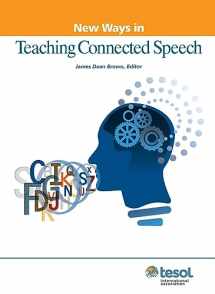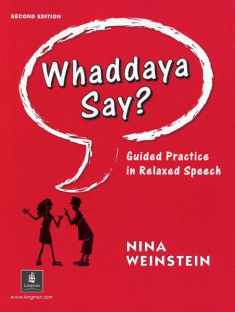
New Ways in Teaching Connected Speech
Book details
Summary
Description
Connected speech is based on a set of rules used to modify pronunciations so that words connect and flow more smoothly in natural speech (hafta versus have to). Native speakers of English tend to feel that connected speech is friendlier, more natural, more sympathetic, and more personal. Is there any reason why learners of English would prefer to be viewed as unfriendly, unnatural, unsympathetic, and impersonal? The great news is that such rules can (and should) be explained and taught. This book makes available fun and interesting lessons, presented in a systematic way that is directly useful in the ESL/EFL classroom. There are rules governing natural native speaker pronunciation just as there are rules governing grammar. If learners try to learn grammar without the rules, it's much harder, they'll probably make more mistakes, and it will take longer to function in English. The same is true of natural spoken English. This collection of articles contains rules for natural spoken English pronunciation, and practical classroom role plays, tasks, and other exercises. Without these rules, learners listening to native English speakers will have a more difficult time, they'll make more mistakes, and it will take longer to understand real people speaking English. Nonnative speakers study at international universities, work for international companies, and visit or live in English-speaking locations. Conversation is at least 50% listening. If a speaker says something, but the listener doesn't know what was said, he won't be able to function in English. Dr. Brown's collection of articles includes sentence blending rules, assimilation, reduced forms, and other rules that comprise the natural pronunciation changes of real spoken English. These articles and classroom materials will give teachers a framework to prepare their learners to begin to understand real English speakers.


We would LOVE it if you could help us and other readers by reviewing the book
Book review




